Sunday,9th
Something unusual today. I am going to take the H7 road west out to Orpen with the rising sun at my back.
Immediately outside and no more that 100m from the gate, the cars pile up to watch a pride of lions that appear to be in hunting mode.
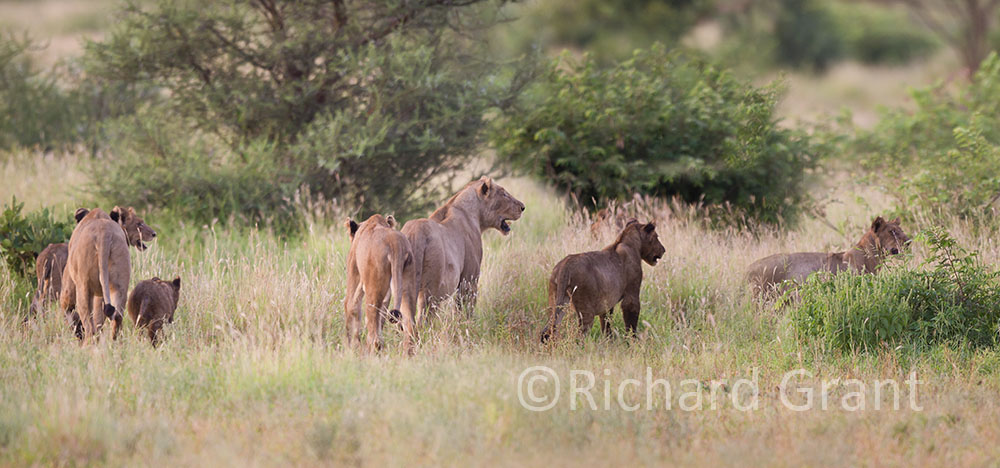
I quickly disentangle myself and continue. Driving out along the H7 I note something very curious. You will remember me remarking that I have not heard a Quail calling and I have not yet seen the very conspicuous Widowbird. For some obscure reason the Harlequins are suddenly in full voice – twit, twit, twitting continuously along the side of the road in the long grass.
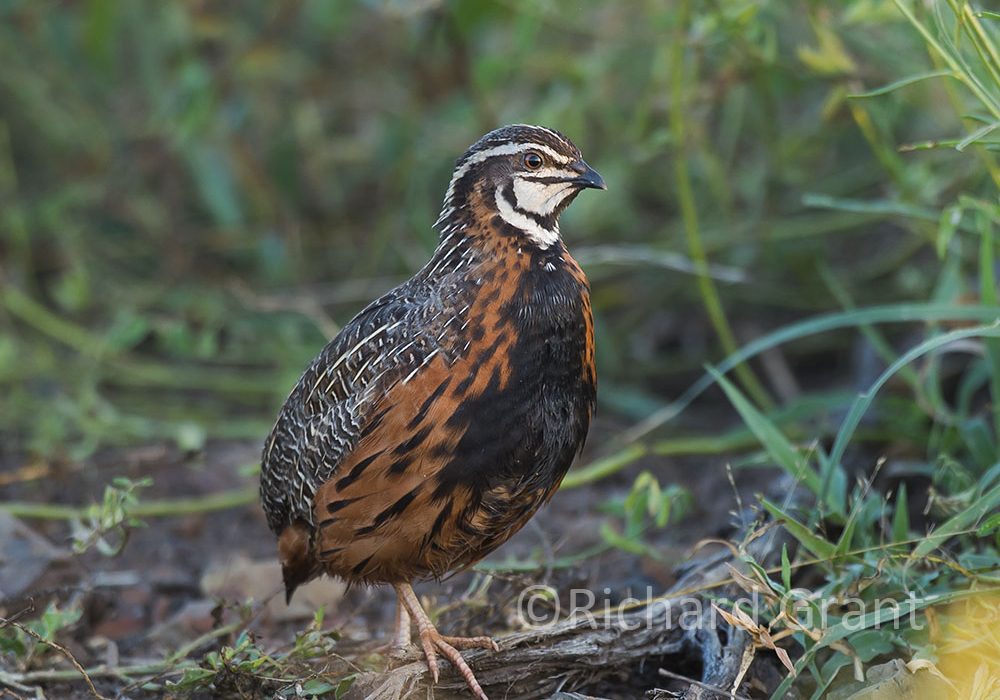
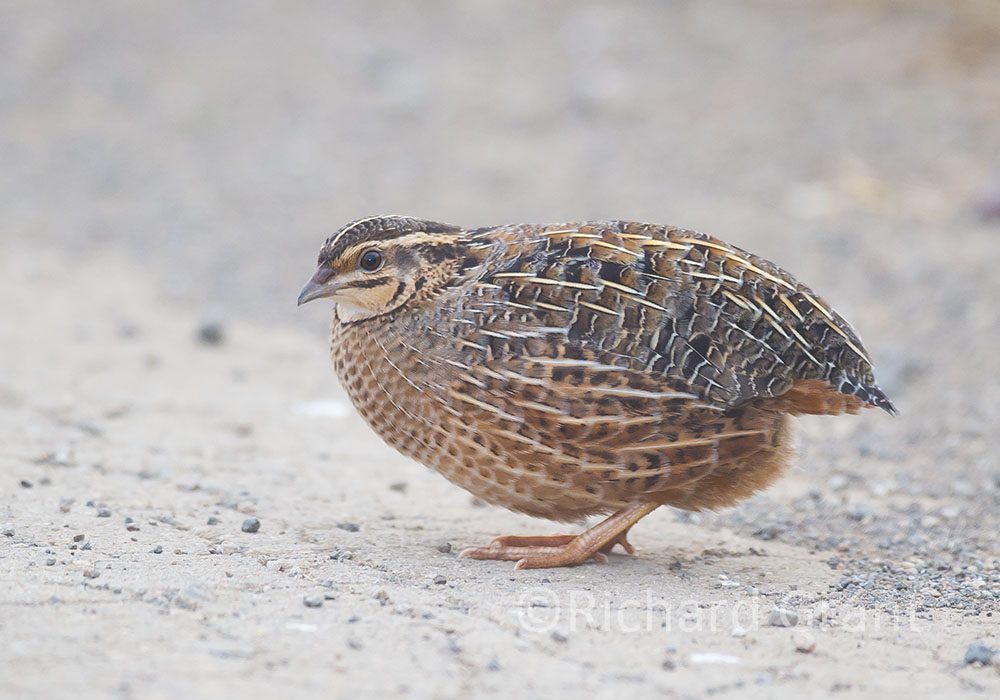
The striking male Widowbird is being his usual busy self. I find this sudden turnaround quite mystifying.
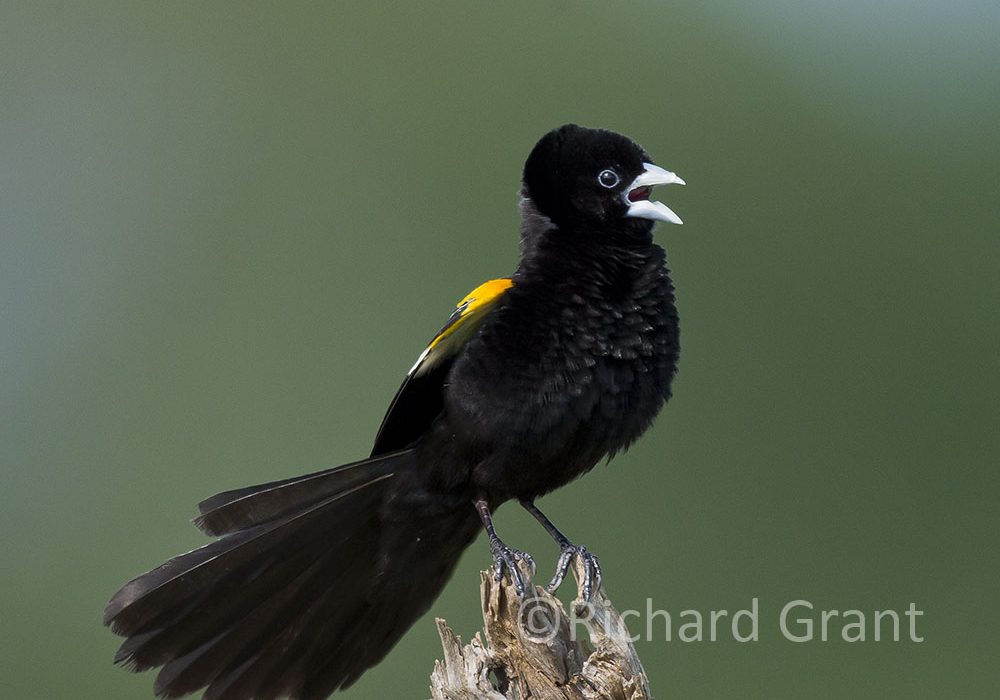
Beyond the Bobbejaankrans lookout, I turn left and idle along the S106 which runs past Rabelais Dam (which is no more). Here I do meet a rather purposeful ellie coming along the road and must reverse for some distance.

I am surprised that despite Orpen being a popular entry gate into the Park, no cars are to be seen for a full hour. This is all explained when someone tells me that a pack of wild-dogs near Orpen have caused a traffic jam. I only see some hyena.

Calling at Orpen for a short while for breakfast, I head back to Satara along the H7 arriving at 9.30am. At midday a heavy downpour falls and a further 10mm of rain collects in my rain-gauge. Hot and steamy one can almost watch the grass bursting out of the ground. I do hope drought stricken Shingwedzi is getting some rain.
I go out early this afternoon and head straight up the H1-4 mainroad northward. Huge cumulus clouds are scatered in all directions and under each one there is a curtain of rain. It really is an impressive sight.
I am keen to explore the rather new S147 road north of Ngotso Dam. We did venture on to it a couple of years ago to view some leopard cubs but only 1km from the tar. This road is very different to all else in Kruger. It is a genuine one track road with grass growing between the tyre tracks. The road has been hardened with stones and I creep along it admiring its setting. Because of its narrowness it is one-way and it follows the Ngotso stream for about 7kms.
Coming towards a small stream, the road dips quite steeply but reaching the bottom the Quantum slews wildly to the left and the back wheels are teetering on the edge of small drop-off into the streambed. I dare not move. What has obviously happened is that following recent rain, the road has been repaired and they had just dumped some clayey turf with no stone at all. With the rain this gives it a consistency something akin to butter.
I am now firmly marooned and there is no way that I can move so I take stock of the situation. There are no cell comms. If one of those big cumulus clouds passes over the catchment of the stream then there is a danger that the vehicle with my cameras and I will be swept away. On this remote road late afternoon, it is highly unlikely that another vehicle will arrive which means spending the night in a streambed. There is no other option – I must walk to the end of the road where it meets the busier S89 and hope someone will find me there. I arm myself with my tripod and set out slithering in my slip-slops. I hope there are no lions about or worse still a bad tempered ellie but other than some nervous impalas, all is quiet. After 1km I come to the intersection and sit on the stone signpost straining my ears for the sound of a car. Nothing. I am loathe to walk further, exposed on the open road.
It is getting late and just when I am just getting a little alarmed, two 4×4’s appear and very kindly agree to help. They are from the Czech Republic and these are overland vehicles with all the gadgets to extract vehicles from mud.
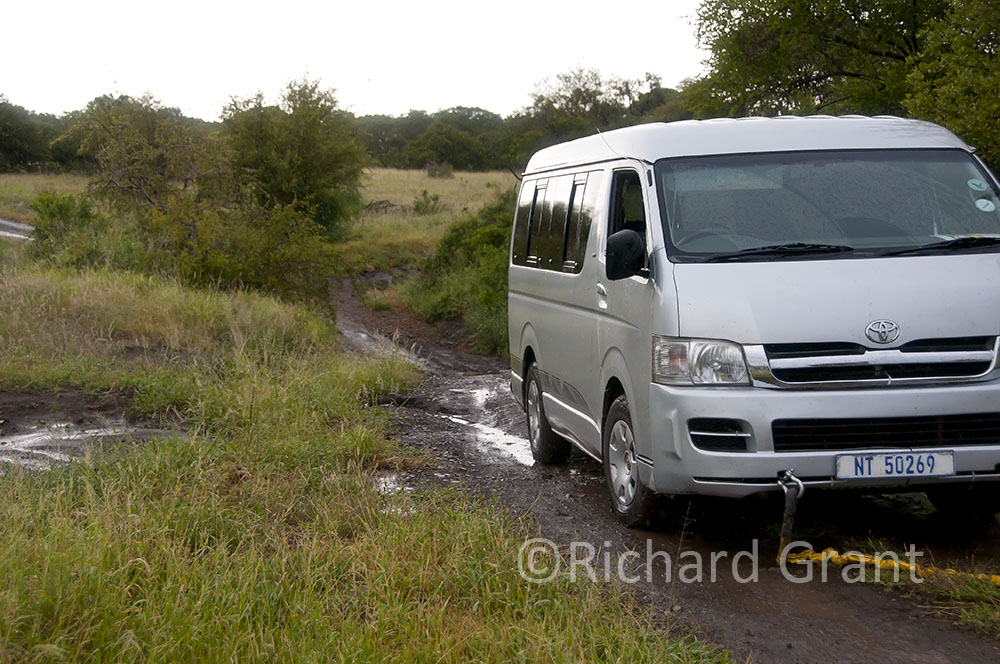
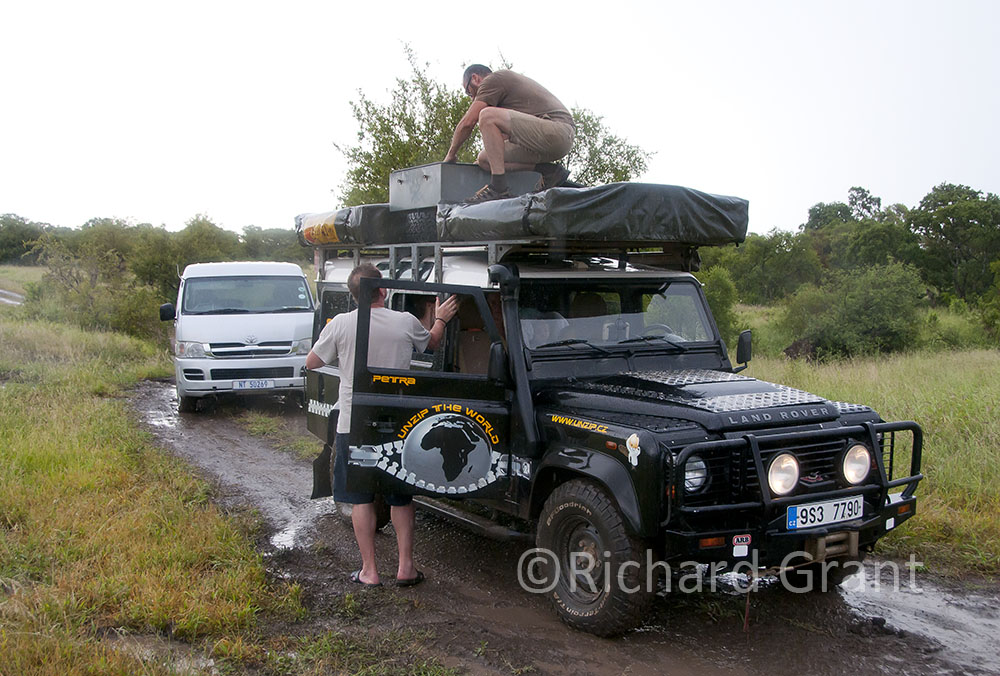
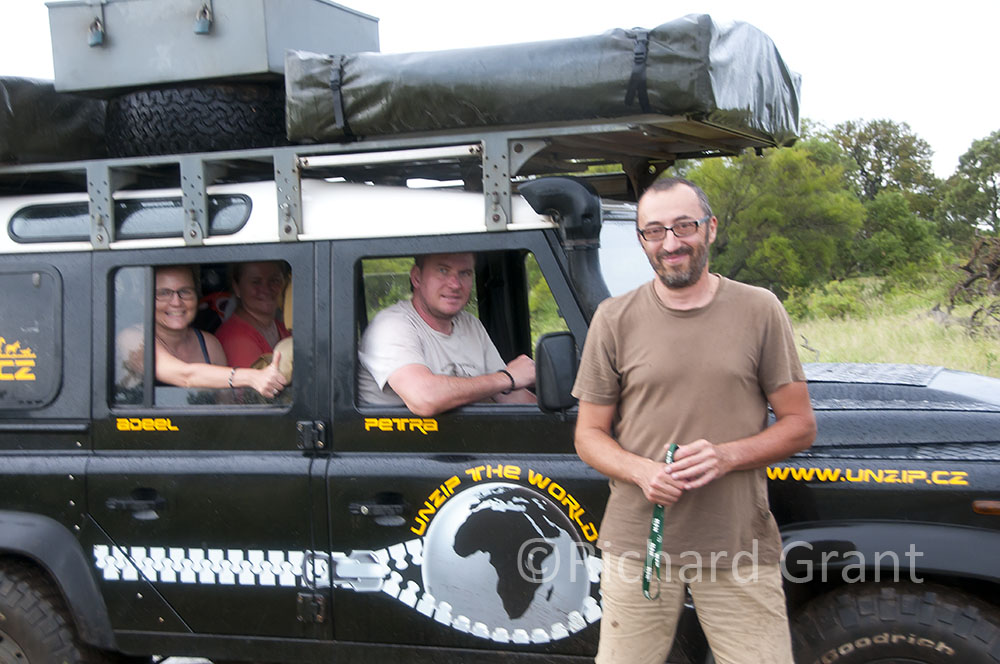
So in no time the Quantum is hauled up the slope to safety and I gratefully thank my rescuers. This Satara trip is going to be remembered for very unusual reasons.
With all the rain around I see very little except 5km from Satara I come across a male lion on the road in the gloom.
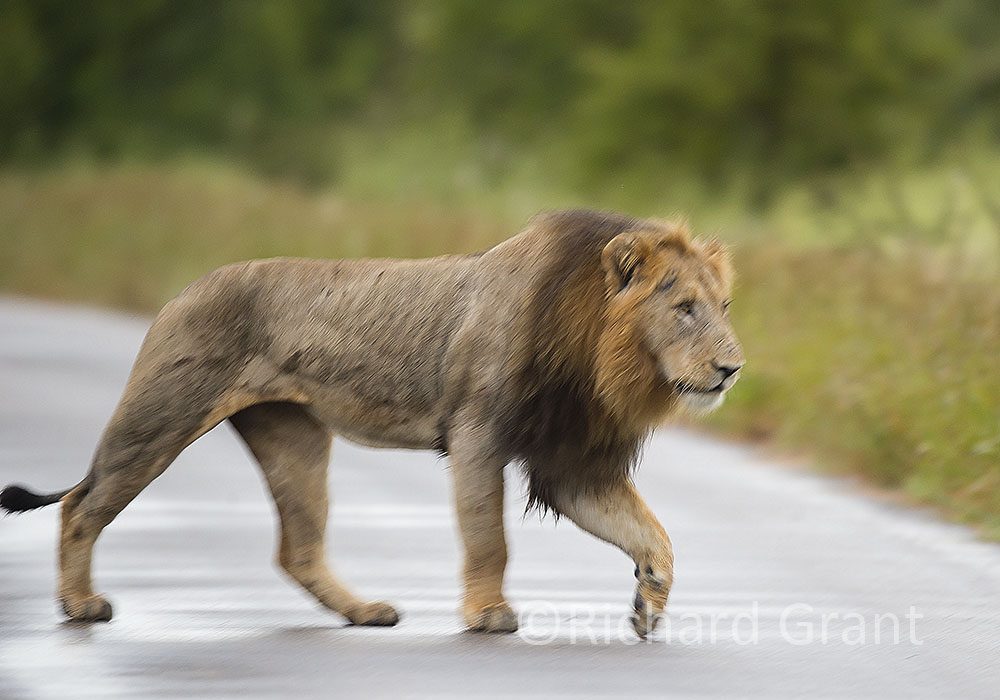
Monday, 10th
During the night the rain starts thundering on the roof of the caravan. This is serious stuff and I am so thankful that I did not choose to spend the night in the Quantum in the streambed where I would surely have been washed away. In the morning I measure 80mm in my rain-gauge and it is still pouring.
I am nevertheless at the gate at my usual 5.30am but the gate guard has disappeared and we must open up ourselves – 10 minutes late. Of course all the gravel roads are closed so after such heavy rain we are confined to the main tarred roads. I head south along the H1-3 noting surprisingly that the Nwanetsi and Sweni Rivers are not flowing at all but…. it is still raining.
For a photographer, these are the worst of conditions with all one’s subjects bedraggled and the light drab and dark. I carry on to the Tshokwane Picnic spot where I decide impulsively to check out the H10 road to Lower Sabie. The wetland north of Muntshe is beautifully flooded with great pools and riverlets. Turning back, I stop at Tshokwane for one of their famous kudu pies which I recommend to all of you.
But what a change in the rivers. The Nwaswitsonto River is suddenly flowing strongly within the couple of hours of my passing. Continuing northward, I find the Sweni and Nwanetsi Rivers now in full spate.
Back at camp I find another 65mm of rain in the gauge. Later on in the late afternoon, I go northward and am gratified to find the Mnondzo stream, which has stayed stubbornly dry these past few years, flowing strongly.
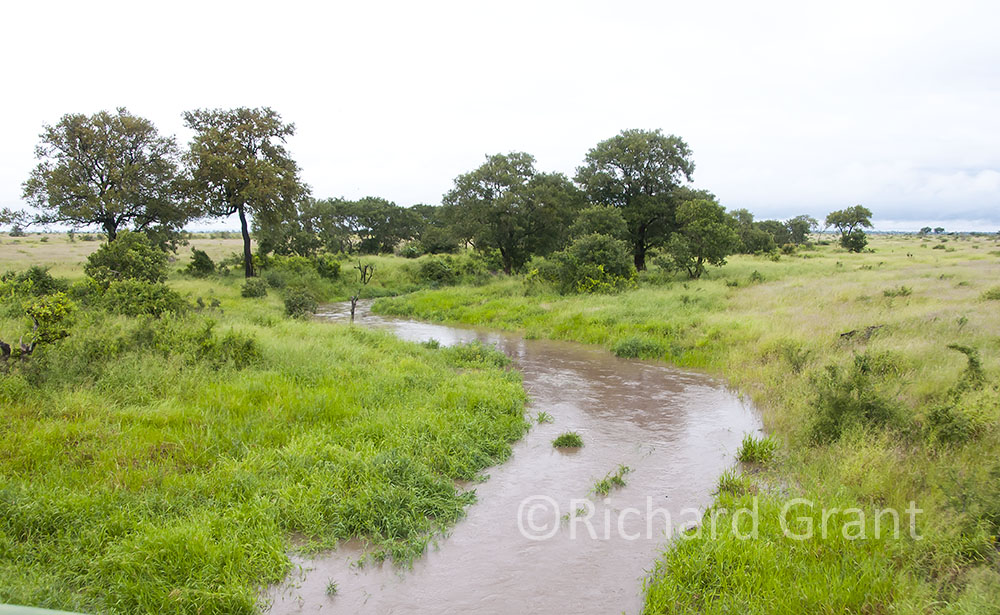
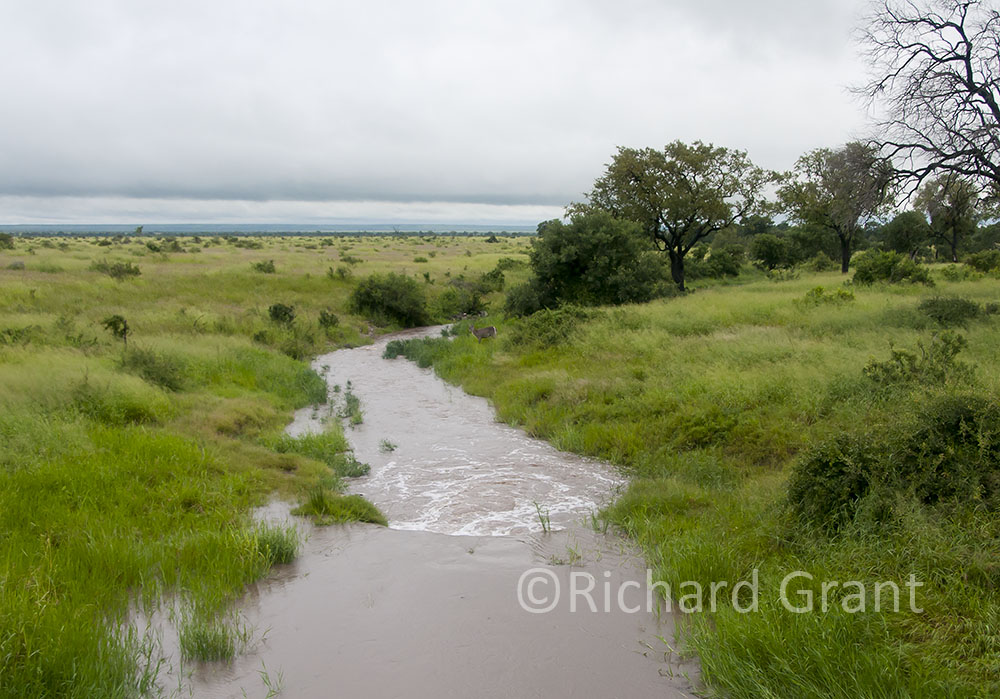
All told Satara has had 170mm of rain over the past two days – something that injects such life into the Park. Reports come in that Punda had 174mm last night and I am sure that drought stricken Shingwedzi would have had too. Now for the influx of water birds.

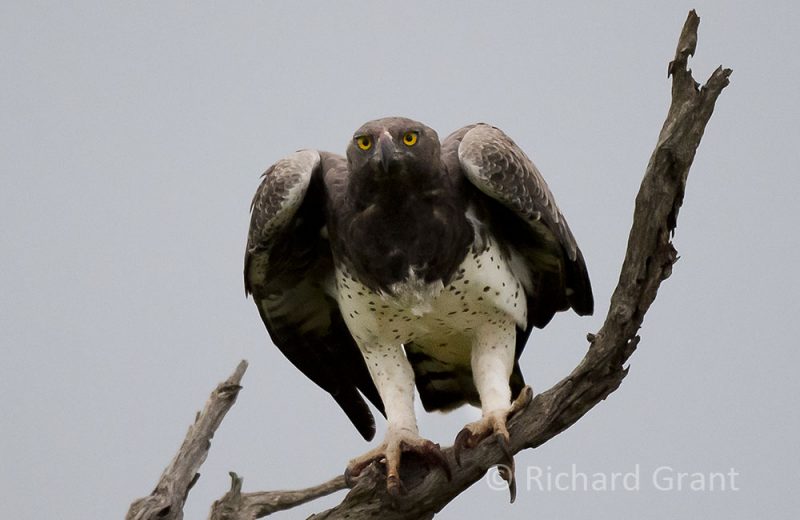
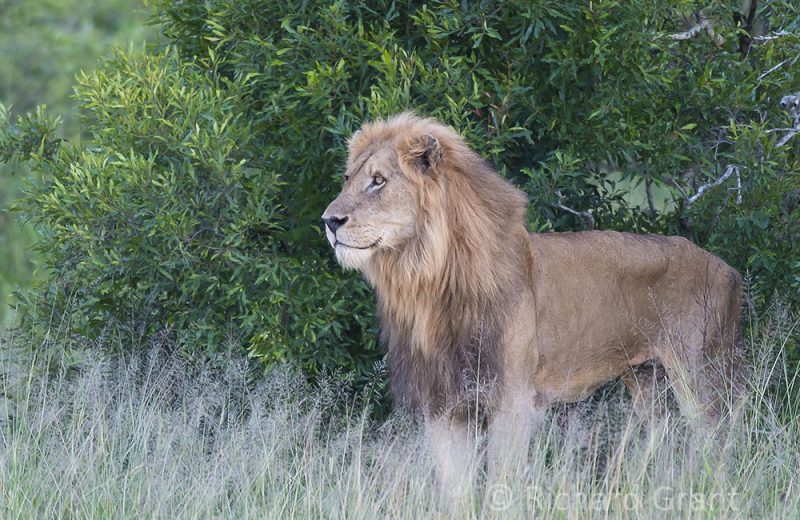
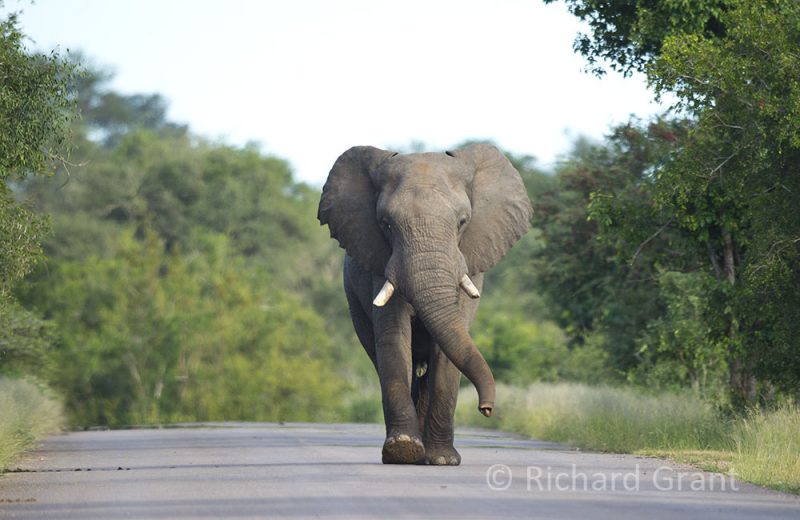

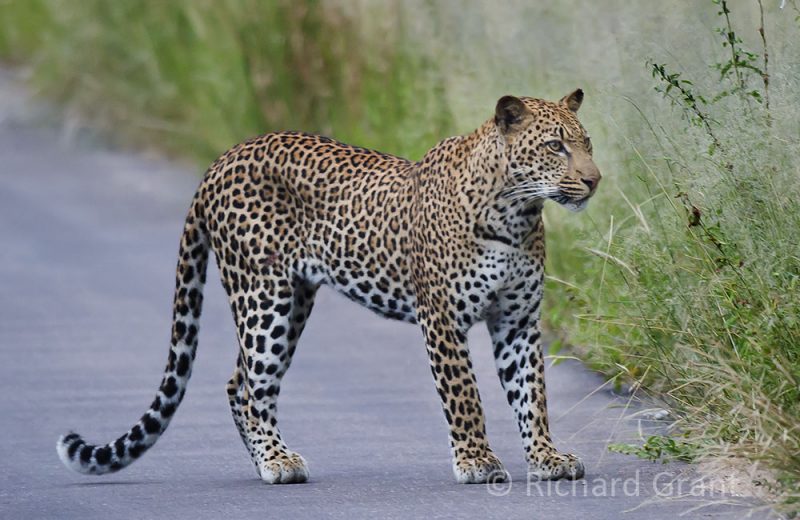
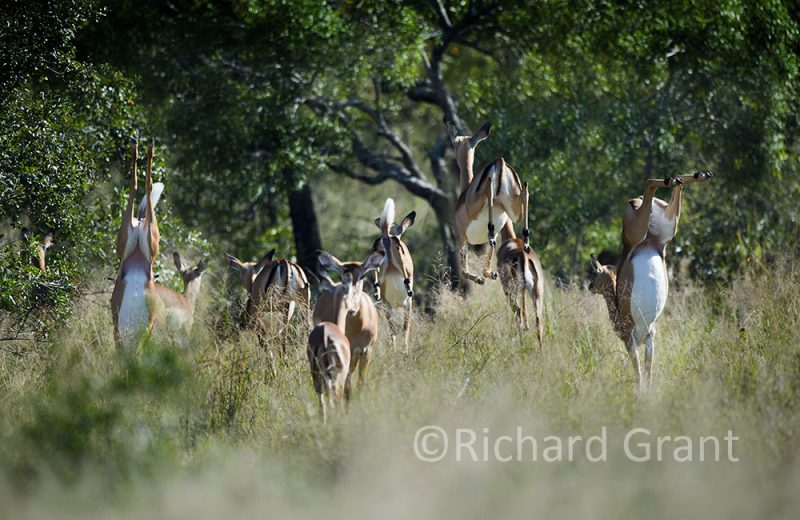
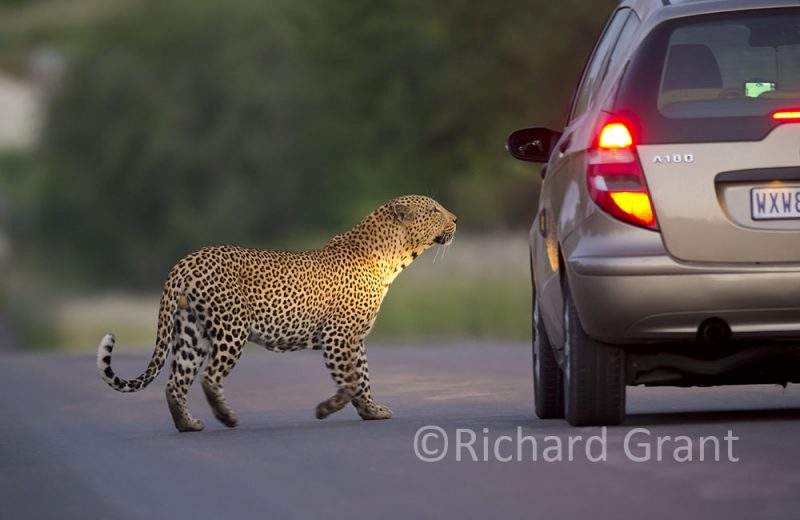
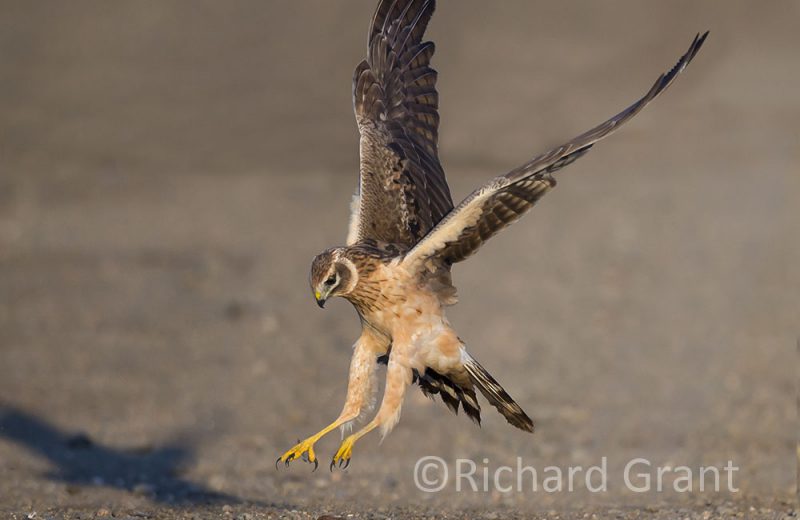


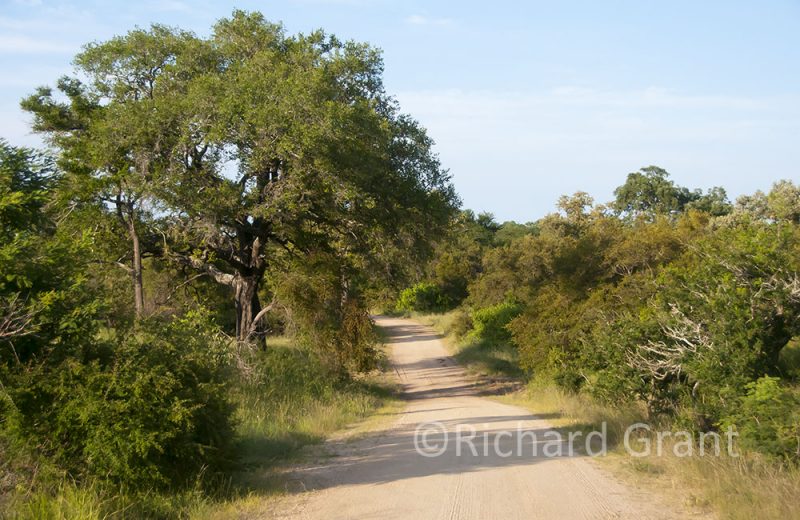
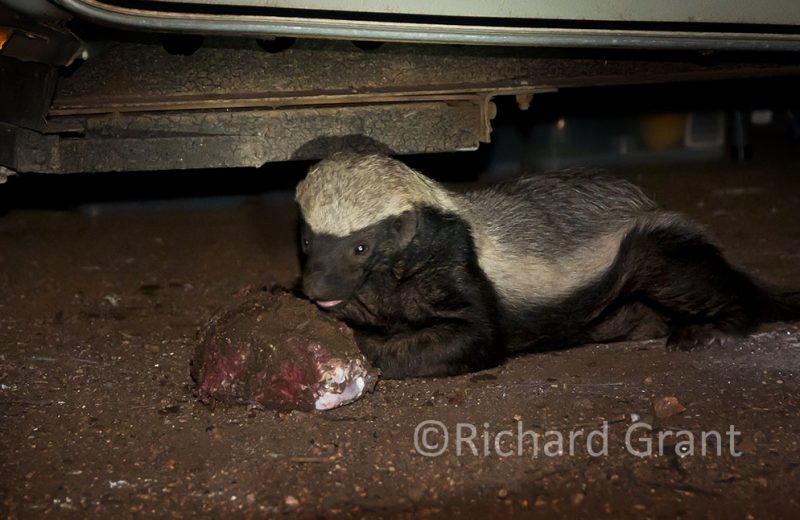
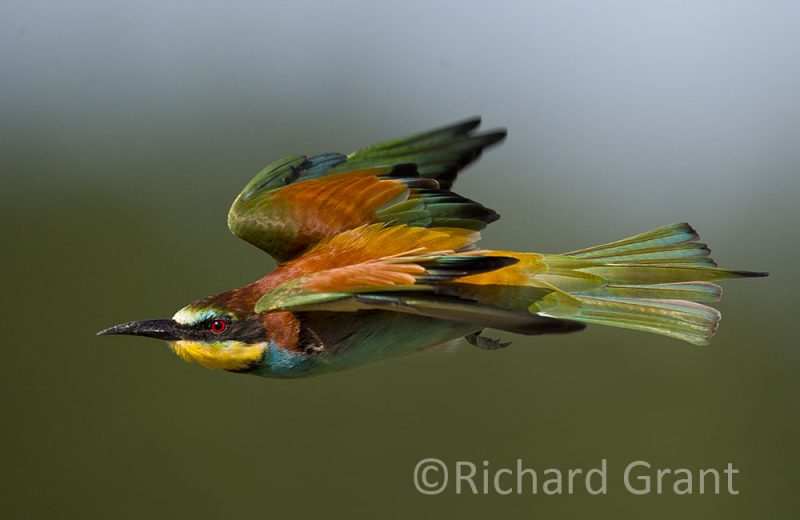

5 Comments
Dave McGaw February 11, 2020 at 9:40 am
Lovely to see so much water in Kruger and such greenery. Methinks I must come through to Satara in the very next few days.
Richard Grant February 11, 2020 at 7:08 pm
Would be great to see you again Dave.
Richard Grant February 11, 2020 at 7:09 pm
That’s good news Ally. Satara has now topped 200mm. Pity we missed out with Shingwedzi being so dry.
Katrin + Bob Welsh February 12, 2020 at 2:17 pm
Uuuuui Fred! You for sure had a Guardian Angel. This advevture surely qualifies for a new story in the next edition of „Kruger Tales, 101 extraordinary stories of ordinary visitors to Kruger Park“.
Richard Grant February 13, 2020 at 8:38 pm
Yes, Satara has been unexpectedly different.